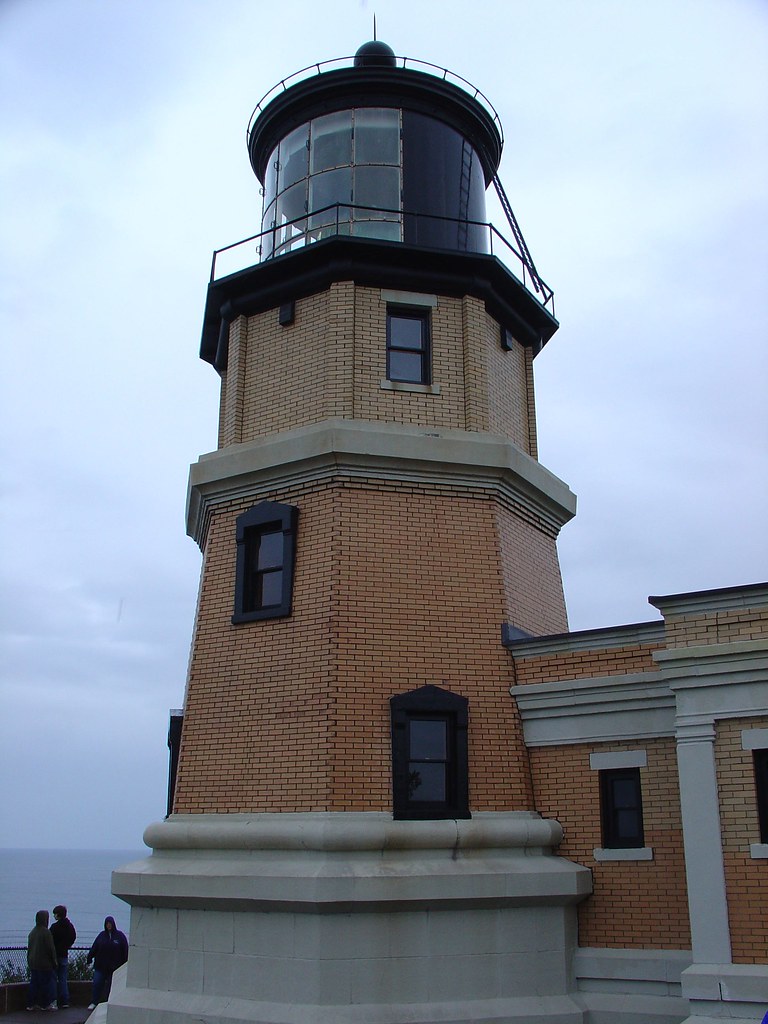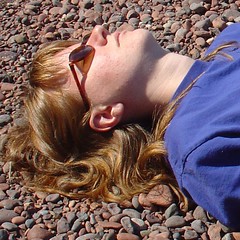flat roof society
These are hard times to be working in Faner Hall, our home, a concrete building of enormous stature in the center of campus. They are fixing all the flat roofs; well, actually, they are pouring smelly stuff on them, and who knows whether the water will have someplace to go or not? Judging from the last rainstorm, a couple of nights ago, not. Water that has nowhere to go eventually finds its way down, and ruins everything beneath it. It's inevitable.Now some people claim that Faner is the ugliest building they have ever seen; its concrete walls are splotched, moldy, faded, or marked up; graffiti is impossible to wash off; its pockmarked concrete is a drab background to our offices, computer labs and social life. I've come to love it though, because it makes virtually everything near it look good. The pop art that I've done (see below) contrasts natural things with its square concrete and makes nature look so colorful that saturation of the colors (which I'm experimenting with) is really unnecessary.
My idea about the roofs was this: Why not have those roof gardens that you see in Chicago? It would be stunningly gorgeous against the bleached, splotched gray concrete squares of Faner. But, apparently, you need a lot of weight support to put that much dirt up there on a flat roof. At first I thought, solve ten problems at once; the soil will catch and hold the water, and the flowers and vegetables will produce for people and make a drab environment into a hopeful one. But, reality set in; there's no way they could put enough dirt on these things to make it work. Or is there?
Second, a structure, that was heavy enough to hold a slanted clear greenhouse roof structure, strong enough to not break in the next derecho, strong enough to be held in place down in the flat bottom of the roof. Surely such things are made. Surely the heat generated by a greenhouse-type roof could be useful to somebody, if not the powers that be, the powers that make power.
The smells of roofing petroleum permeate the building. At the same time, a leak came through the ceilings of our lab, all the way down on the first floor, threatening the computers and even servers, and displacing us for a couple of days. Overall our life here is good; I've come to love the graying square pillars & often wish I had my camera here more often...but, I think this place could be improved with a certain attention to what the needs of our particular ecoculture are. In the Dominican Republic I was impressed by a back lot of an educational institution, in which the workers had grown a garden: mangos, yuccas, an avocado tree; bananas, plantains, you name it. The workers, those who cleaned and kept the building up, were simply allowed to control the place, and it was their paradise, not to mention source of food for countless dinners. Not that I have any time to tend to such things, these days; we have a garden, and are actually growing some things, but most nights, I fall asleep grading, without setting a foot on real earth or having but a moment to be outside with family or anyone else. I think though, that collectively, the USA, specifically Carbondale and SIUC, could be harnessing its space and incoming power sources more successfully. To have water just sit there, and sun beat down on the place day after day (obviously hoping that the sun doesn't warm up the water and tar combination into a kind of smelly, mushy fossil-collecting soup) is basically not forward thinking. As one who does not add graffiti to the walls, but notices how hard it is to remove it, I say, put pretty stuff all over the place...it will make a difference.


























































0 Comments:
Post a Comment
<< Home